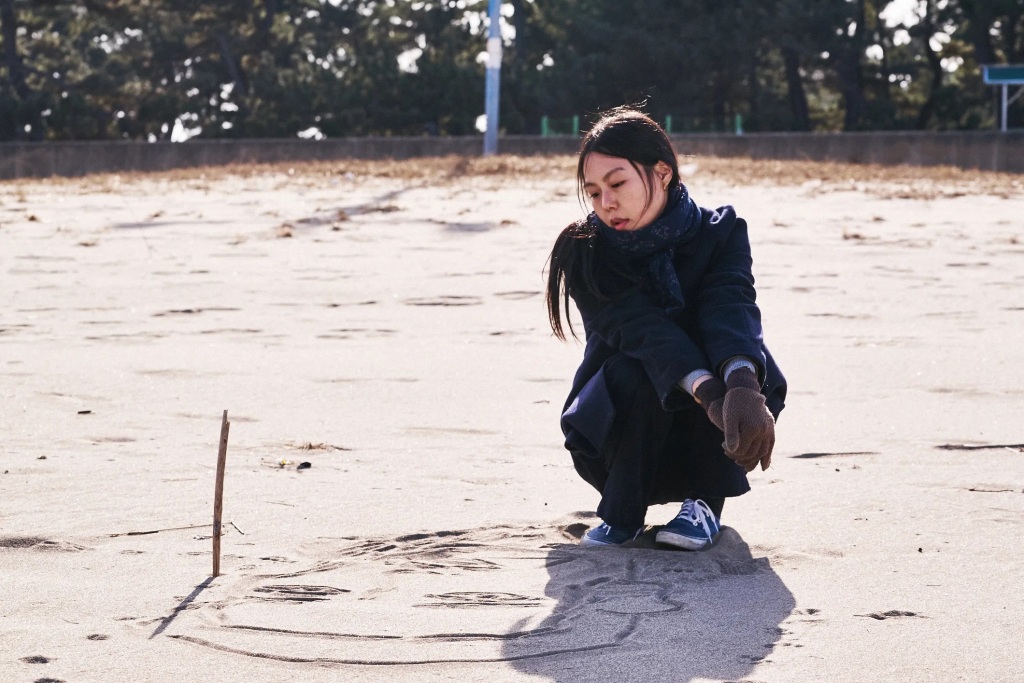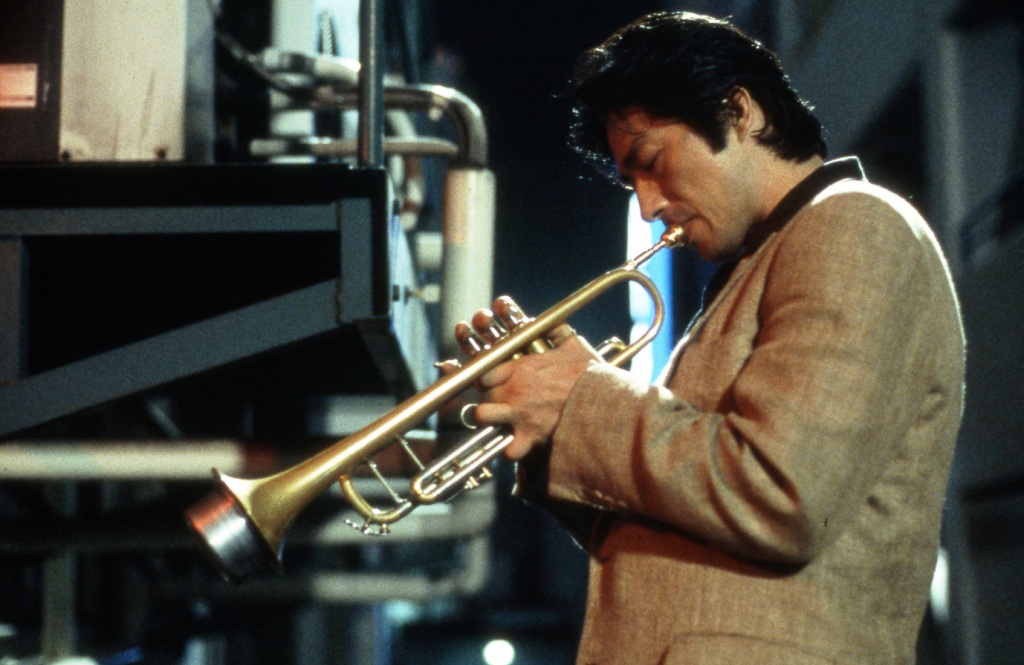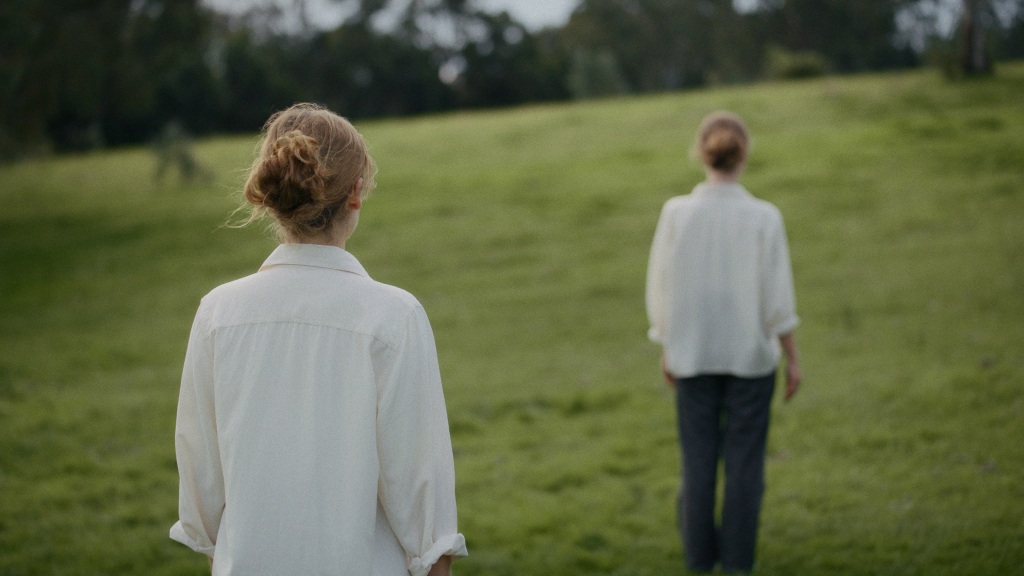
The dream for me is to read about a film on Letterbox that I’d never heard of before, and then immediately discover it’s been available to stream on Tubi this whole time. Ghostbox Cowboy (2018) is an example of that dream, which in a few reviews compared it to New Rose Hotel and Demonlover, the milieu of tech-thrillers in the time of globalisation. Airports, hotels, conference rooms. Corporate espionage and street level subterfuge. While Ghostbox Cowboy is more satire than thriller, it does invoke an atmosphere of dread towards the industrialized landscape.
David Zellner plays Jimmy Van Horn, a midwestern dude who arrives in China through some connections and invents himself as a cowboy entrepreneur. Completely out of his element in regards to business knowledge and even knowing Chinese language, his pitch of a “ghostbox,” a device that allows people to communicate with spirits is supported by other American business contacts, mainly middle-aged white guys who are excited by the prospect of young Chinese investors with lots of money. The film is a rise-and-fall narrative for the clueless cowboy, who finds himself feted and celebrated before becoming dumped on the street and scrambling to understand the way he’s been taken advantage of.
Shot guerilla style within China on digital cameras and phones through separate trips, director-writer John Maringouin has a background in documentary, and uses that for his first fictional narrative, responding to locations and personalities. The editing and performances really key into a strong sense of tone, never going over the top, always feeling authentic even as it devolves into strangeness and a sense of the surreal. The only other known actor is Robert Longstreet who is hilarious as Jimmy’s buddy, Bob, a garrulous gifter who is an unforgettable sight with his blonde wig and his dentures to appear younger than he is. Another white tech operator known as The Specialist (who is credited as playing himself, and was apparently a source of inspiration to Maringouin) is also amazing, and his reveries that are inserted as voice-over monologues are filled with disdain for other humans.
A funny movie (there’s a sequence involving a segue that had me laughing hard) and yet pulls off its switch into a weird capitalist dystopia, with the cowboy walking alone in an empty prefab city out in the desert, looking for a man named “Johnny Mai Thai.” The more I think about, the more I appreciate what it pulled off.
Recommended.



